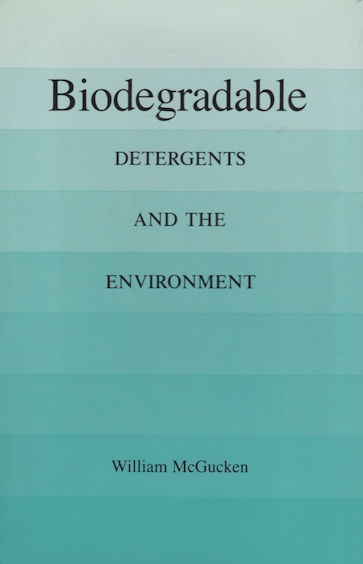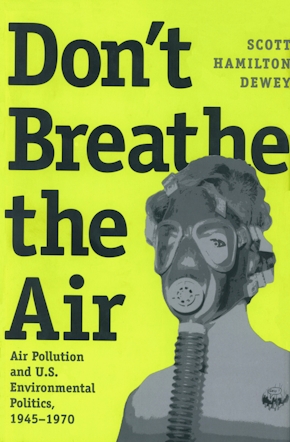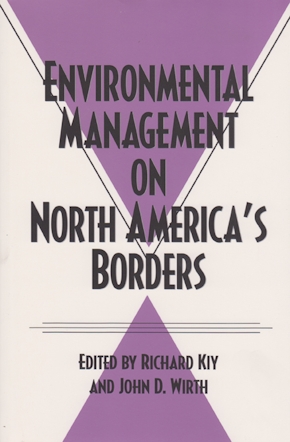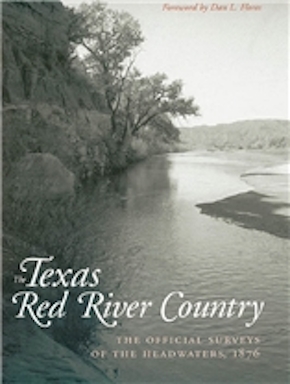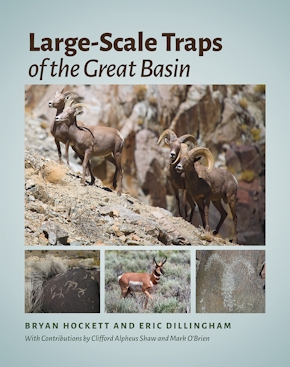Biodegradable
Detergents and the Environment
978-0-89096-479-8 Cloth
5.5 x 8.5 x 0 in
160 pp. 2 line drawings., Tables.
Pub Date: 07/01/1991
Available
BUY NOW
- Cloth $44.95 s
Biodegradable examines the development of synthetic detergents and the unanticipated pollution of surface waters and groundwaters by this new technology, as well as the social, political, and industrial responses that resulted in correction of the problem. Public and governmental pressure in the United States, the United Kingdom, and the Federal Republic of Germany led to the international detergent industry’s finding a biodegradable substitute for ABS, namely, linear alkyl sulfonate (LAS). Its use from the mid-1960s solved the foaming pollution problem.
The three countries responded to the problem very differently. West Germany almost immediately legislated that only those detergents that were more than eighty percent biodegradable could be sold. The U.S. government allowed the detergent industry to seek a solution while the Department of Health, Education, and Welfare monitored the industry’s progress. In the U.K. the government created committees and required industry to cooperate with them to find a solution. Biodegradable not only examines problems resulting from a new technology but also compares and contrasts different societies’ methods of dealing with these problems.
About the Author
Published by Texas A&M University Press
